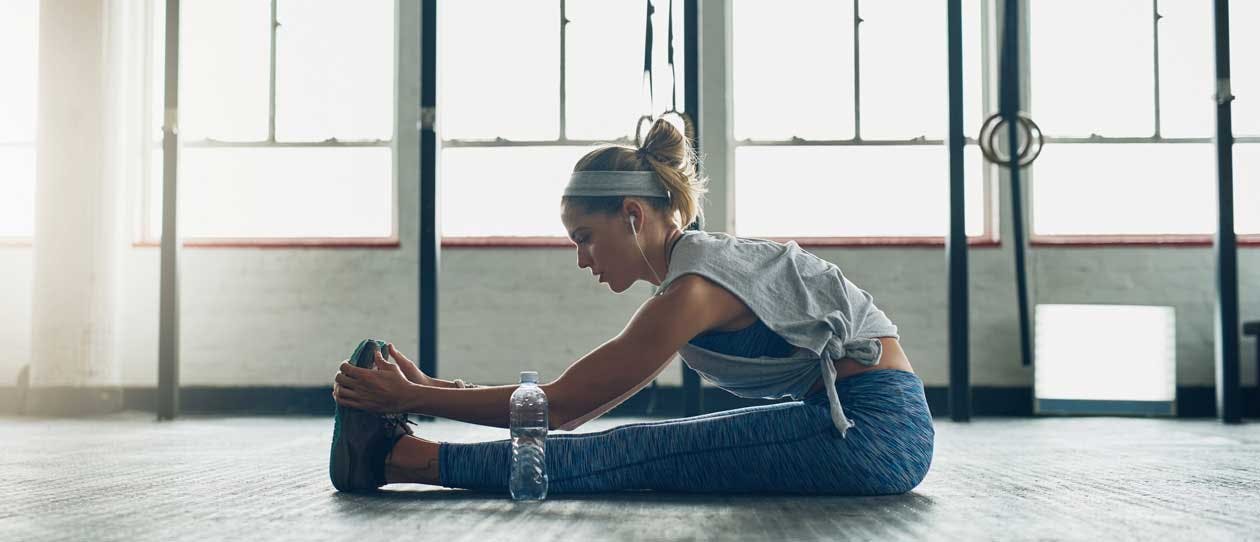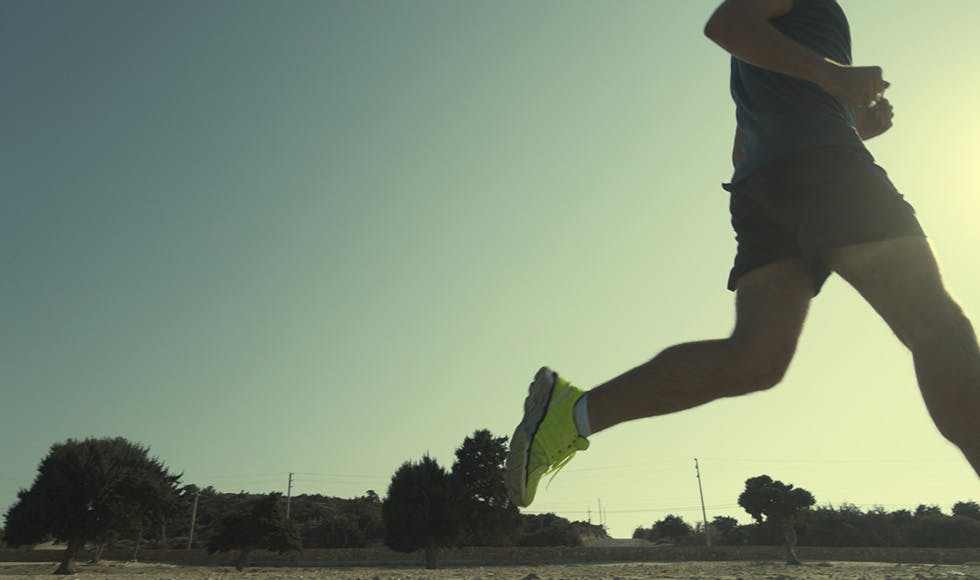2. The pain disappears when you are exercising, only to stiffen up again after you’ve rested
Unfortunately pains that settle with more activity can often mean the tendons are struggling with the change in load.
You may have to reduce your training load if this is happening, identify what tendon is causing the trouble and treat it locally with ice and targeted exercises.
In extreme cases you should discuss other treatment options to reduce tendon pain with your physio, GP or sports physician to find an approach that is right for you.
3. The pain comes on with training and then just gets worse and worse until you physically have to stop
Stop
This pain is not okay.
If the pain is in your legs it can be a compartment syndrome (where the muscles swell and are compressed within the fascial outer casing of the muscle) or it could even be a stress reaction in the bone. Either way you need to get this looked at by someone who knows their stuff.
4. Your muscles are sore for up to 3 days following activity, but then they feel fine
Well done you are experiencing
delayed onset muscle soreness…this is the no pain no gain they talk about!
You have exercised just enough to cause damage to the muscles, but it will be repaired and new, improved sarcomeres (the building blocks of muscles) will be laid down.
It is however a
good time to rest for a day or two while you are sore, or cross train by doing something different (go for a swim or hit a few tennis balls gently).
Overall some discomfort is acceptable with training, but if it is impacting your ability to perform regularly you must get it checked out.
~This article first appeared on
Sydney Physio Solutions.~
Sydney Physio Solutions was established in 2007 with the aim to provide a high quality service in injury rehabilitation using state-of-the art technology in an innovative environment.
Their team of highly qualified and caring physios, led by founder and Managing Director Brad McIntosh, can do a running analysis and provide advice & assessment for the very best outcome.
Brad and the team are also our injury prevention experts for the Blackmores Sydney Running Festival so send them your questions at Ask a Physio and they’ll help you achieve your goals and get you over the finish line!






